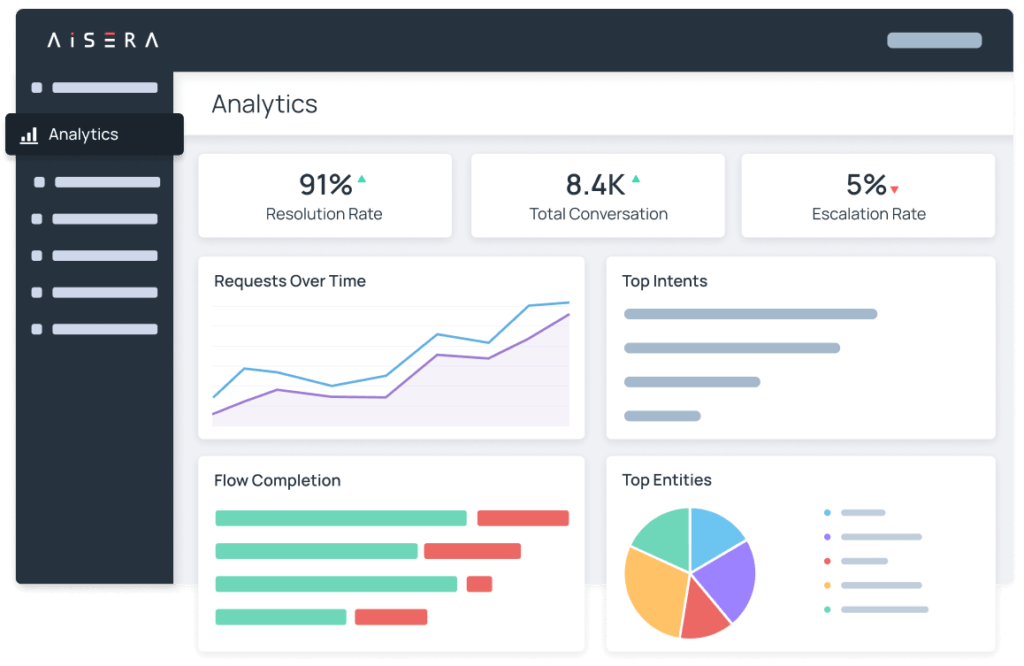In today’s fast-paced business environment, making informed decisions is crucial for staying ahead of the competition. One effective way to achieve this is by leveraging real-time dashboards for business metrics. A real-time dashboard is a powerful tool that provides a centralized platform for monitoring and analyzing key performance indicators (KPIs) in real-time, enabling businesses to respond quickly to changing market conditions and make data-driven decisions.

What is a Real-Time Dashboard?
A real-time dashboard is a visual representation of data that is updated in real-time, reflecting the current state of business operations. It is a web-based interface that displays a set of predefined metrics, KPIs, and other relevant data, allowing users to monitor and analyze performance in real-time. Real-time dashboards can be customized to meet the specific needs of an organization, providing a tailored view of the data that matters most.
Benefits of Real-Time Dashboards
The benefits of real-time dashboards are numerous, and some of the most significant advantages include:
- Improved Decision Making: Real-time dashboards provide up-to-the-minute data, enabling businesses to make informed decisions quickly.
- Enhanced Visibility: Real-time dashboards provide a centralized platform for monitoring business operations, giving users a clear view of performance and highlighting areas that require attention.
- Increased Efficiency: Real-time dashboards automate the process of data collection and analysis, freeing up resources for more strategic activities.
- Better Communication: Real-time dashboards facilitate communication among team members and stakeholders, ensuring that everyone is on the same page.
- Competitive Advantage: Businesses that leverage real-time dashboards can respond quickly to changing market conditions, staying ahead of the competition.
Key Features of Real-Time Dashboards
Effective real-time dashboards should have the following key features:
- Customization: The ability to tailor the dashboard to meet specific business needs.
- Real-Time Data: The ability to update data in real-time, reflecting the current state of business operations.
- Interactive Visualizations: The use of interactive visualizations, such as charts, graphs, and tables, to facilitate data analysis.
- Alerts and Notifications: The ability to set alerts and notifications for critical events or threshold breaches.
- Security and Access Control: Robust security and access control measures to ensure that sensitive data is protected.
Types of Real-Time Dashboards
There are several types of real-time dashboards, each designed to meet specific business needs. Some of the most common types include:
- Executive Dashboards: Designed for senior executives, these dashboards provide a high-level overview of business performance.
- Operations Dashboards: Designed for operations teams, these dashboards provide real-time visibility into business operations.
- Marketing Dashboards: Designed for marketing teams, these dashboards provide real-time insights into marketing performance.
- Sales Dashboards: Designed for sales teams, these dashboards provide real-time visibility into sales performance.
Implementing a Real-Time Dashboard
Implementing a real-time dashboard requires careful planning and execution. The following steps can help guide the process:
- Define Business Objectives: Identify the key business objectives that the dashboard will support.
- Identify Key Metrics: Determine the key metrics and KPIs that will be displayed on the dashboard.
- Choose a Platform: Select a suitable platform for building and deploying the dashboard.
- Design the Dashboard: Design the dashboard, taking into account the key features and functionality required.
- Deploy and Test: Deploy the dashboard and test it thoroughly to ensure that it meets business requirements.
FAQs
- What is the difference between a real-time dashboard and a traditional dashboard?
A real-time dashboard updates data in real-time, whereas a traditional dashboard updates data periodically. - Can real-time dashboards be customized?
Yes, real-time dashboards can be customized to meet specific business needs. - What types of data can be displayed on a real-time dashboard?
Any type of data can be displayed on a real-time dashboard, including metrics, KPIs, and other relevant data. - How do I choose the right platform for my real-time dashboard?
When choosing a platform, consider factors such as scalability, security, and ease of use. - Can real-time dashboards be used by small businesses?
Yes, real-time dashboards can be used by small businesses, providing a cost-effective way to monitor and analyze business performance.
Conclusion
Real-time dashboards are a powerful tool for businesses, providing a centralized platform for monitoring and analyzing key performance indicators in real-time. By leveraging real-time dashboards, businesses can unlock data-driven decision making, improve efficiency, and stay ahead of the competition. With the right platform and careful planning, businesses of all sizes can benefit from the insights and visibility provided by real-time dashboards. Whether you are a senior executive, operations team member, or marketing professional, a real-time dashboard can help you make informed decisions and drive business success.
Closure
Thus, we hope this article has provided valuable insights into Real-Time Dashboard for Business Metrics: Unlocking Data-Driven Decision Making. We hope you find this article informative and beneficial. See you in our next article!


